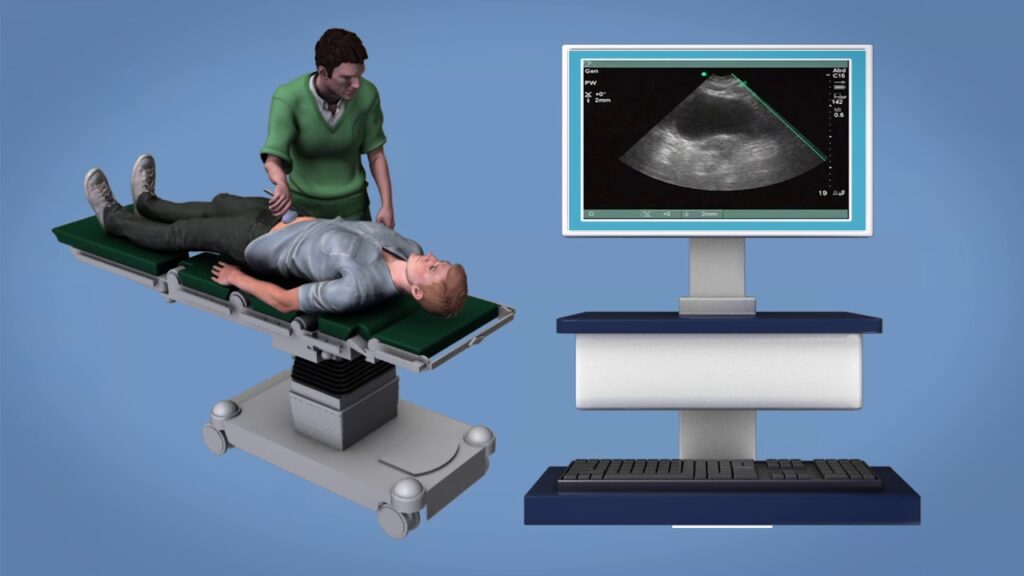Urodynamics is the study of the functions of organs in the lower urinary tract. Immaculately, the lower urinary tract works duly when the bladder fills up with urine and the sphincter muscles close tightly around the opening of the bladder in order to stop the urine from percolating. When the bladder is filled fully, the appetite to urinate gets stronger. While urinating, the sphincters relax, the bladder muscles come tight and squeeze the urine out through urethra. Indeed if one of the organs in the lower urinary tract don’t coordinate well, the body shows lower urinary tract symptoms (LUTS) similar as urinary tract infection, urine leakage, painful urination, and unforeseen appetite to urinate.
Owing to the changing consumer life and salutary habits, the frequence of urinary incontinence and other medical conditions causing bladder dysfunction is adding. Attributing to the surging frequence of bladder and urethral conditions and rising relinquishment of urodynamic products, demand for urodynamic bias is likely to boost in the near future.
Urodynamic Tests and the Utmost Sought-after Types of Urodynamic Bias
Urodynamic studies (UDS) is the disquisition of how efficiently the sphincters, urethra, and the bladder are performing. With the help of clinical assessment and physical measures, the functioning of the lower urinary tract can be tested. Several symptoms similar as stress incontinence, nocturia, prompt incontinence, frequent urination, and painful urination indicate bladder dysfunction and the need for urodynamic testing. Different types of urodynamic tests similar as uroflowmetry, cystometric tests, electromyography, and videotape urodynamic tests help croakers to diagnose the causes of medical conditions related the lower urinary tract.
Urodynamic bias are used to perform urodynamic tests and insure precise measures of physical parameters similar as inflow rate and bladder pressure. With the constant development of technology, a mounting number of advanced outfit is being introduced in the global urodynamic bias request. The type of urodynamic bias to be used in urodynamic tests substantially depends on the types of tests and measures to be taken during these tests.
• Uroflowmetry Bias
Uroflowmetry is a type of urodynamic tests that involves measuring the volume and speed of urinating. The urodynamic bias used in uroflowmetry tests include a device that measures the volume and the inflow rate of urine, along with a computer that records the data. Grounded on the data, these urodynamic bias produce a graph of the changes in the urine inflow rate that helps in relating when it reaches its loftiest and smallest point. It helps croakers diagnosing whether the muscles of the bladder wall aren’t strong enough, which eventually helps to find out the cause and nature of bladder dysfunction.
• Videotape Urodynamic Bias
As the name suggests, videotape urodynamic bias including imaging outfit that’s used to capture images or vids of the bladder while it’s being filled and voided. Videotape urodynamic bias may use ultrasound orx-ray outfit to collect the data in the form of images or vids. Whenx-ray outfit is used, a special fluid called discrepancy medium is used that’s filled in the bladder, which is recorded onx-rays. An ultrasound outfit is used when warm water is filled in the bladder, and it delineates the bladder capacity with the help of unhazardous sound swells.
• Itinerant Urodynamic Devices/ Urodynamic Catheters
Generally, in utmost of the urodynamic tests, the bladder is instinctively hastily in order to recover the pressure and diagnose the cause of bladder dysfunction over a fairly shorter period of time. On the negative, itinerant urodynamic tests bear to fill the bladder through natural order function, which impacts the types of urodynamic bias used in itinerant urodynamic tests. In itinerant urodynamic tests, microtip transducer-catheters or air- charged catheters are used to measure the pressure of the bladder. It’s also recorded in a battery- operated archivist worn by the case.
• Crystometers
Crystometers are used in crystometric urodynamic tests to measure parameters similar as the capacity of the bladder to store urine, the pressure of the bladder during stuffing, and how full the bladder is before the case feels the need to urinate. The urodynamic bias used in this test also include catheters that are used for evacuating the bladder completely before the test. A small catheter integrated with a monometer-a pressure- seeing device-is deposited near the rectum, which measures the pressure of the bladder. Crystometer can also record involuntary condensation in the bladder, which plays an important part in relating the cause of bladder dysfunction.
• Electromyography Bias
Electromyography is a urodynamic test which involves special detectors that can record the electrical responses of jitters and muscles of the sphincters and the bladder. Urodynamic bias used in electromyography are integrated with detectors that are placed near the rectum and urethra, which record the movements in the jitters and muscles. Similar technologically advanced urodynamic bias used in electromyography can check the collaboration between the sphincters and the bladder, and help in diagnosing lower urinary tract conditions.

